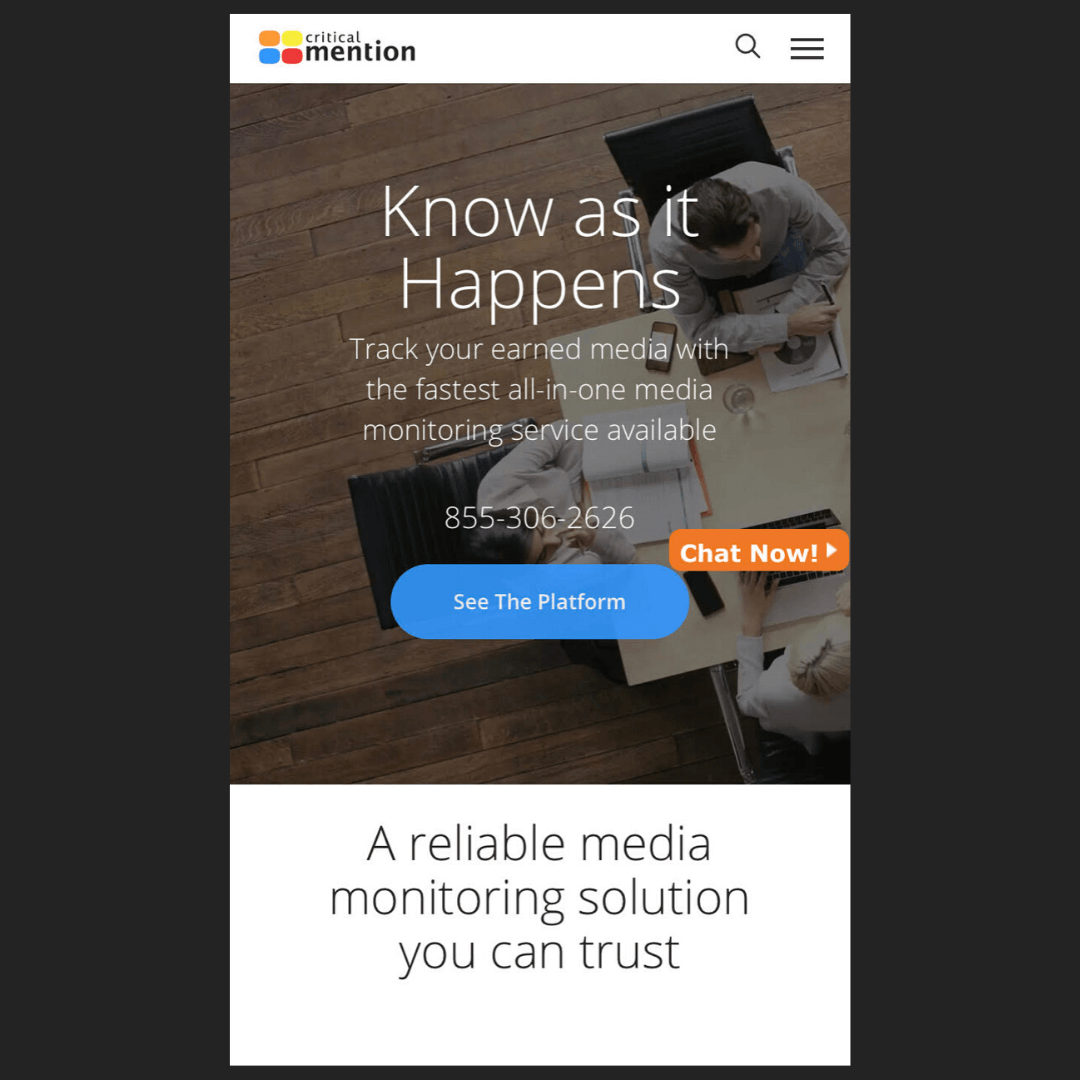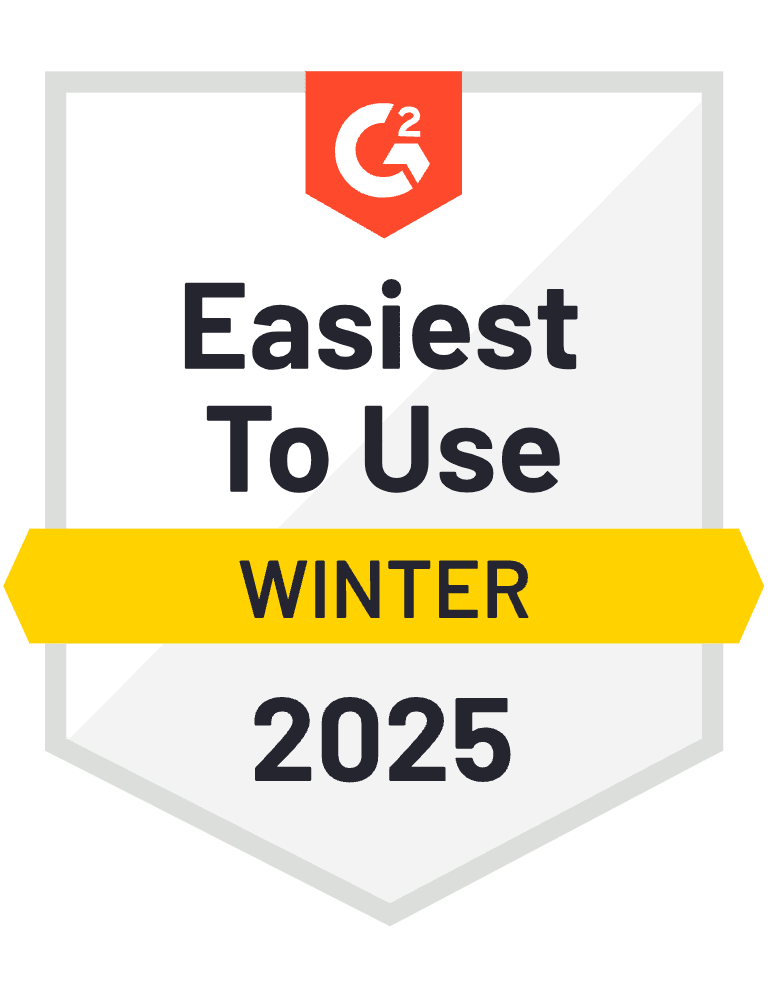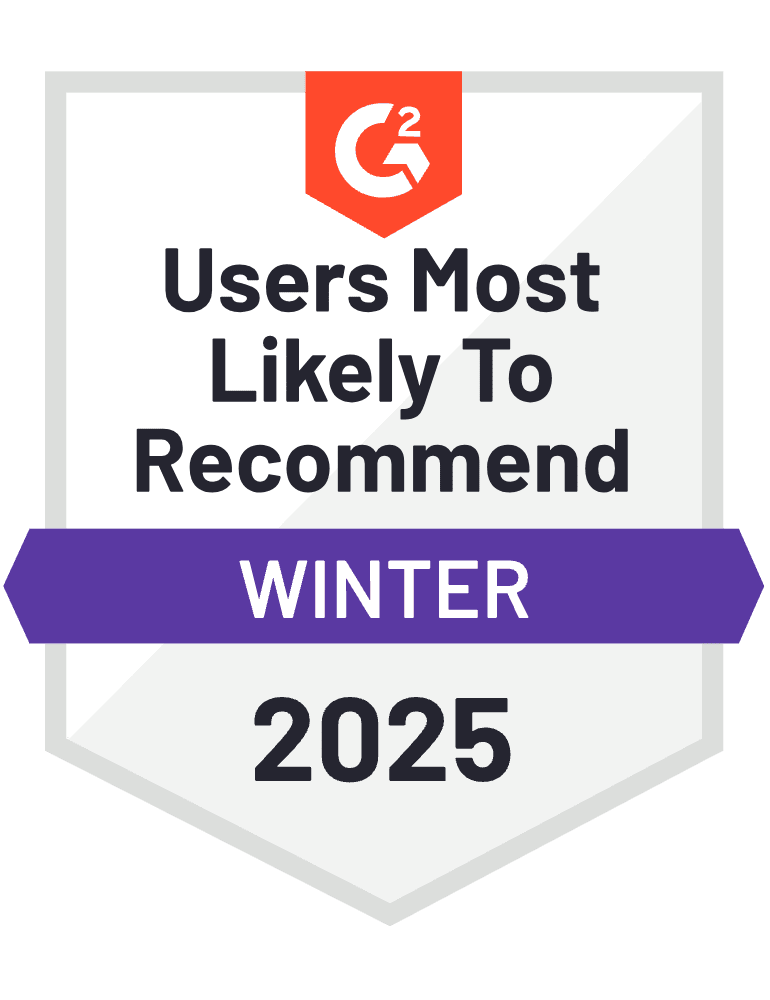
Search engine optimization strategies are continuously evolving with search algorithm updates and popular changes in search trends. It’s important for marketing, communications and PR pros to keep SEO strategies in mind when creating content. Doing so can positively influence search rankings and help move your brand higher on search results.
1. Know that Top SEO Practices are Always Evolving
SEO strategies have expanded and evolved over time. While some top tactics, like keyword stuffing, die out, the following trends are great to keep in mind when working on your site and creating the content provided within.

- Internal links: A link on your website that leads to another page of that same website.
-
- Internal links direct internet users to another link on your site to gain, helping them learn even more about your brand. Internal links should contain related content to the page site visitors are initially on.
- For example, if your organization has written an article titled Top 5 B2B Marketing Practices, it makes sense to add an internal link of a previously written resource of yours titled, B2B Strategy Guidelines.
- Google Trends & Google Analytics: Services provided by Google where website owners access analytics and data that help identify popular search results and trends on the world’s top search engine.
-
- Because Google is the most popular search engine, it is more difficult for people to promote their website on it since competitors are also fighting for top ranking spots. Having said that, Google has created services like Google Trends and Google Analytics to help website owners keep track of search performance and top trends.
- For example, Google Trends allows users to enter keywords and analyze peak search volume metrics, which can be useful for identifying key terms to use in marketing collateral, social media and all forms of content creation.

- Mobile-Friendly SEO: 53% of traffic to online stores comes via mobile devices – Smart Insights
-
- A cluttered site isn’t an attractive one, and is more likely to push clients away from clicking your site and learning more about your products.
- For example, mobile screens are small so a very long title can sometimes cover the span of the entire screen. Make it a goal to be concise and straight to the point with your titles, URLs, etc. Keep it simple to keep it mobile friendly (see image on right).
2. Write a Compelling Meta Description
Meta descriptions are attributes on search results, typically 160 characters or less, that help online users identify the context of your page and what it has to offer before clicking it.
When a person performs a search, search engine sites use the meta description to best identify if your site or post is relevant to his or her search. If so, it is more likely to appear on their search results page.

3. Create Simple, SEO-Friendly URLs
URLS are most effective when they are clear, brief and related to the on-page content. It’s best not to include numerical values because words have shown to carry more value with people and search engines.
Include a keyword you want to target in your URL so search engine sites can decipher what is actually on the page. We recommend using lowercase letters, hyphens to separate each word, and a URL length that averages 130 characters.
”A URL full of random numbers and special characters, which are often generated by default by a CMS, give no context to search engines. Clear, concise URLs give users an accurate representation of what is on a webpage and help search engines more easily crawl your website.
Drew RosenfeldDirector of Marketing, Critical Mention
4. Implement ADA-Friendly Features
When putting together a website, consider adding accessible features to make your site available to all. You can add Alt tags to your images in your HTML and provide different font size and color options to your visitors. Some people who have trouble seeing use screen readers that provide an audio translation of what’s on the screen. Therefore, providing an Alt tag allows you to describe what the image is displaying so that screen readers could share what’s on your screen with the user.
Over 10% of all traffic is on Google Images. – eResources
5. Utilize SEO Guides & Tools
If your site is run on a content management system, take advantage of keyword SEO plugins like Yoast SEO, All in One SEO Pack and SEOPress. You can also utilize writing assistant tools like Grammarly to perfect your copy for the web.
There are many online resources that can guide you in the right direction, and we’re happy to share a few of our favorites:
Neil Patel Digital
Google Support Search
Search Engine Journal

Critical Mention
Looking for a way to monitor, analyze and share your coverage from TV, radio, online news and social media sources?
Get a closer look at the most robust media monitoring and intelligence platform in the industry by scheduling a free, custom demo.

Priscilla Osorio
Priscilla is the marketing coordinator for Critical Mention. Early on in her career, she developed a passion for marketing, writing and anything within the communication field. During her leisure time, she loves to watch her favorite sports teams and explore new restaurants with friends and family.










